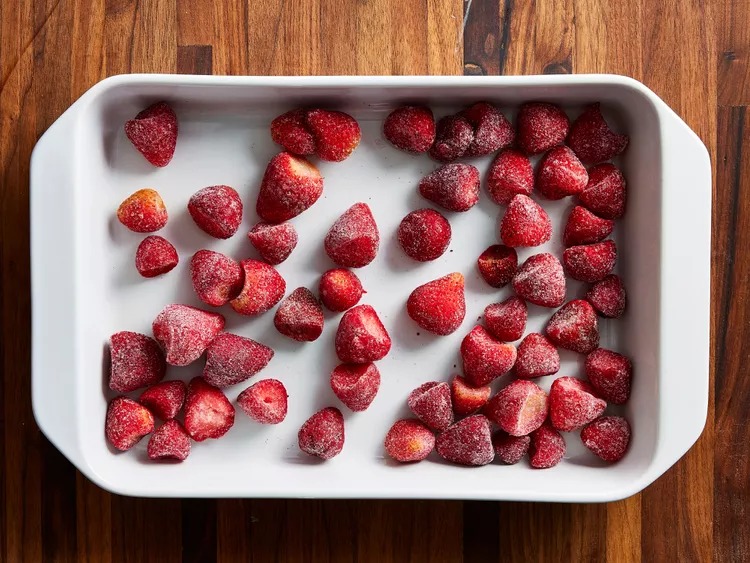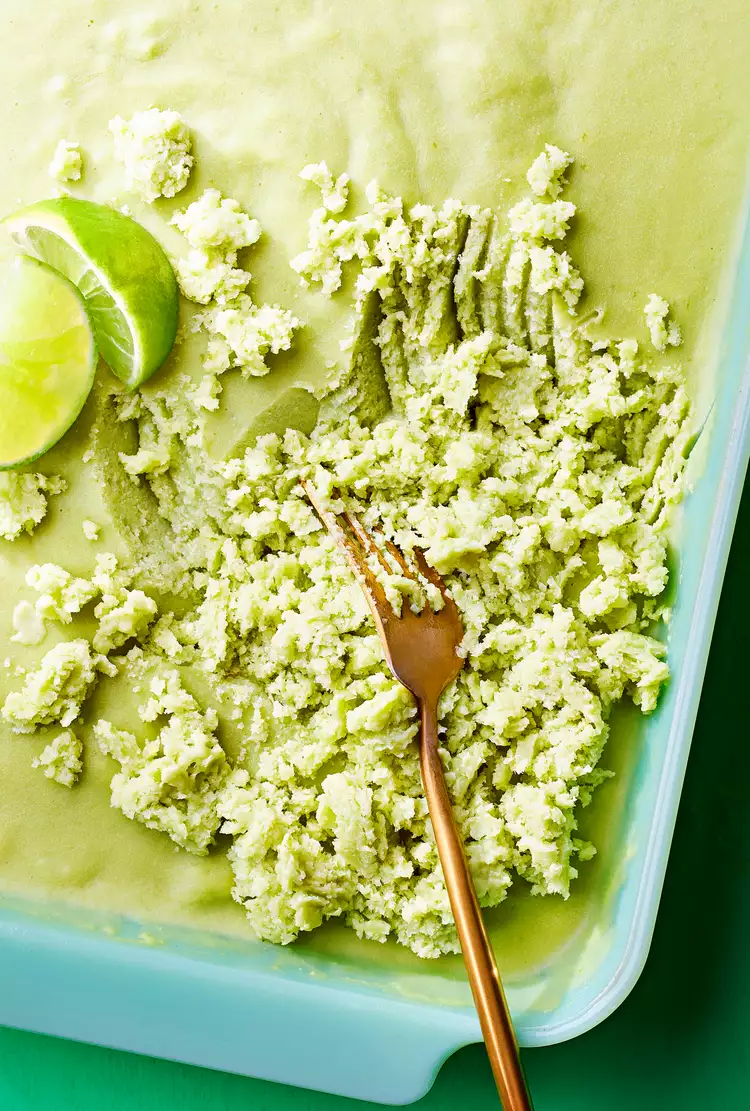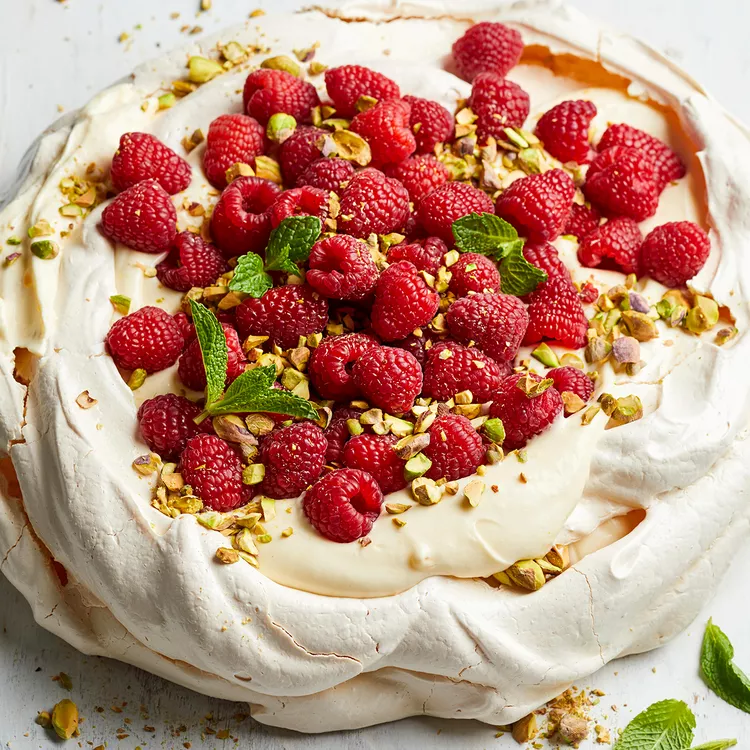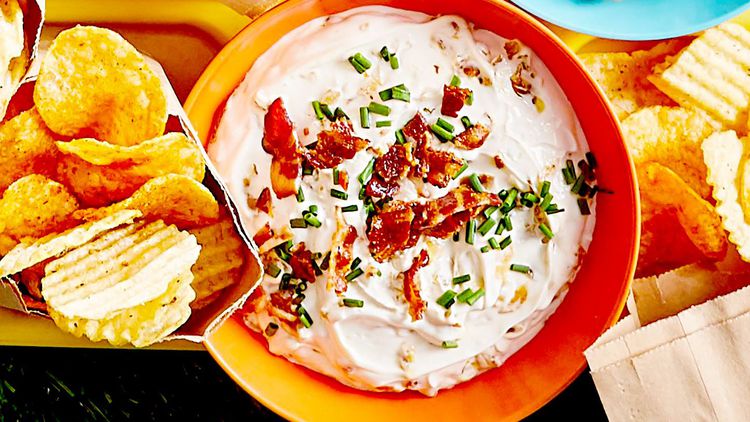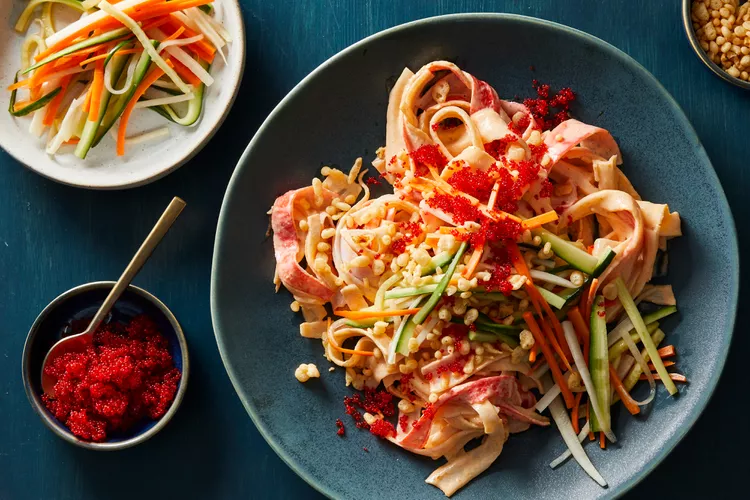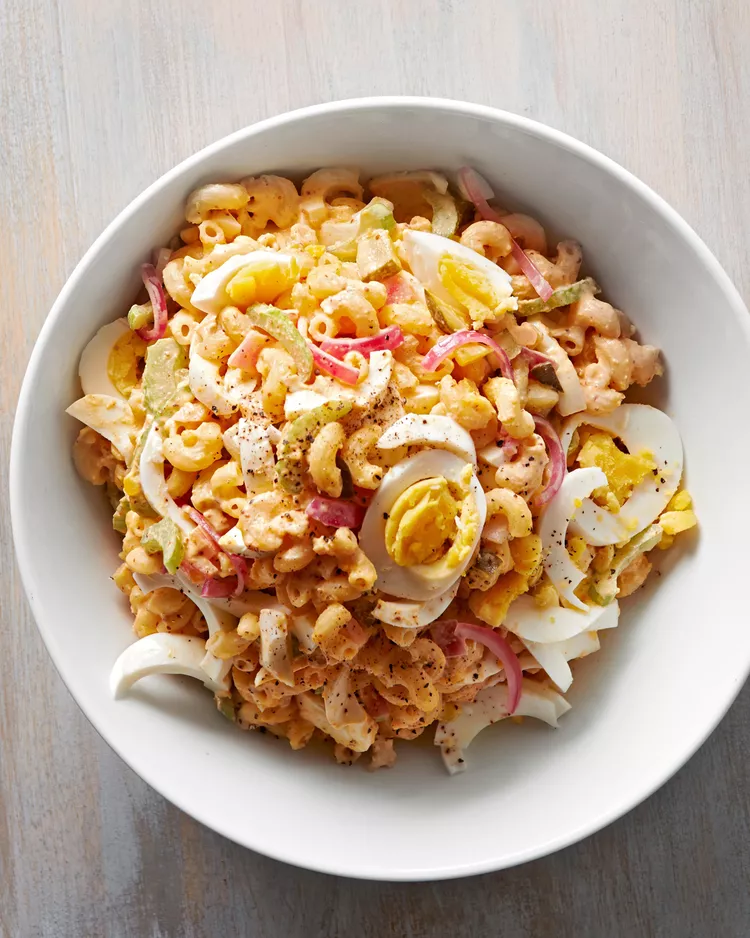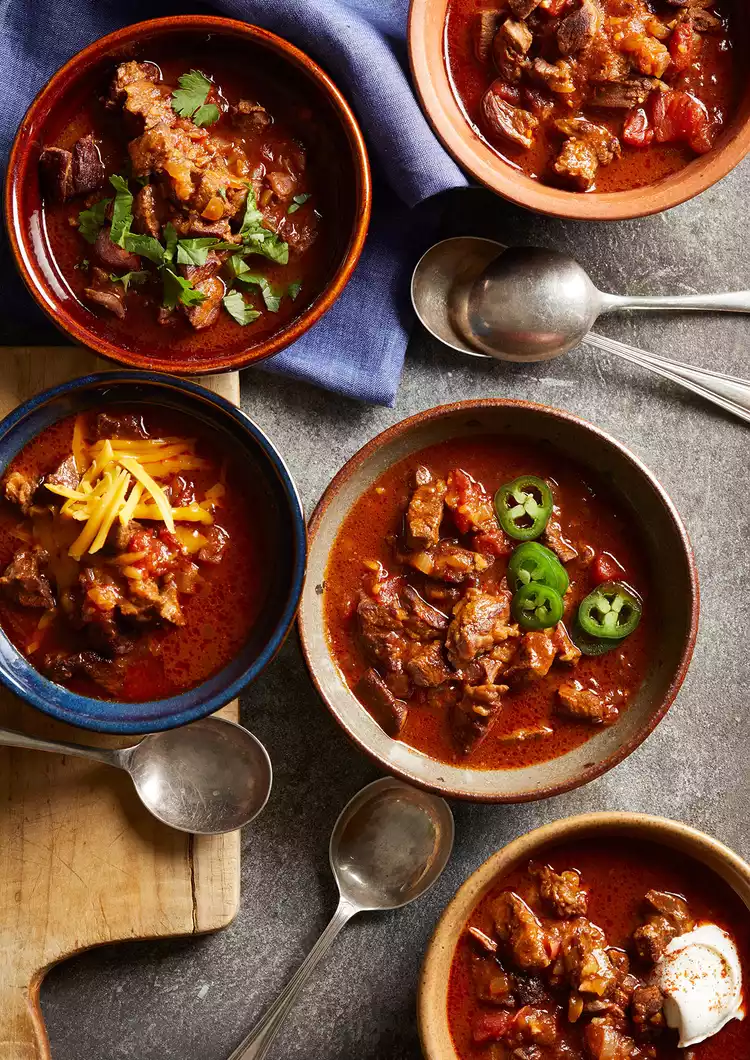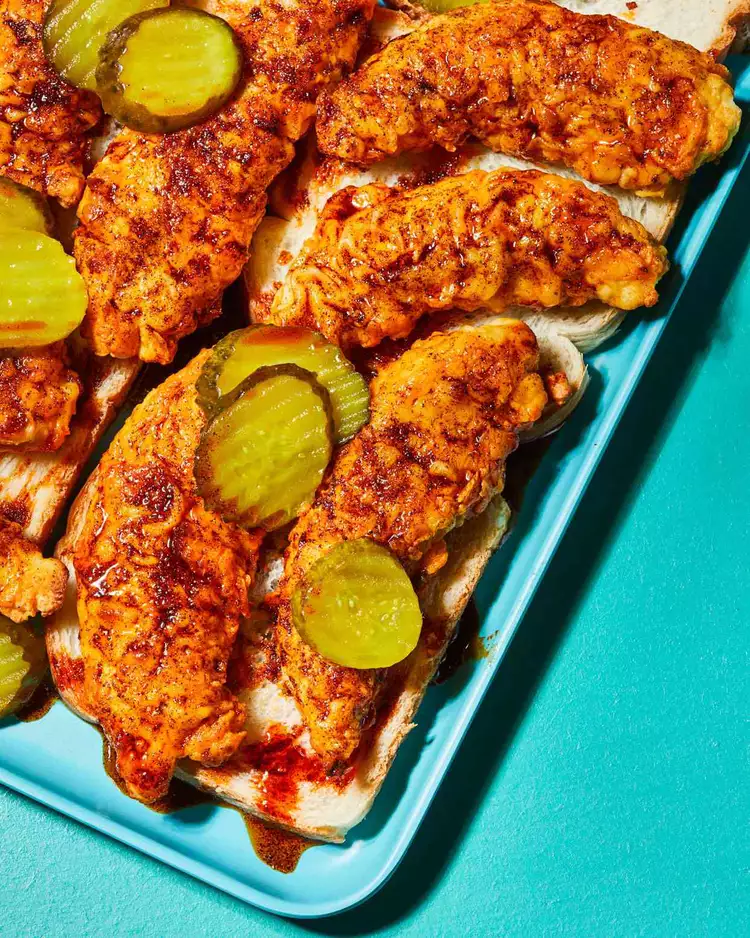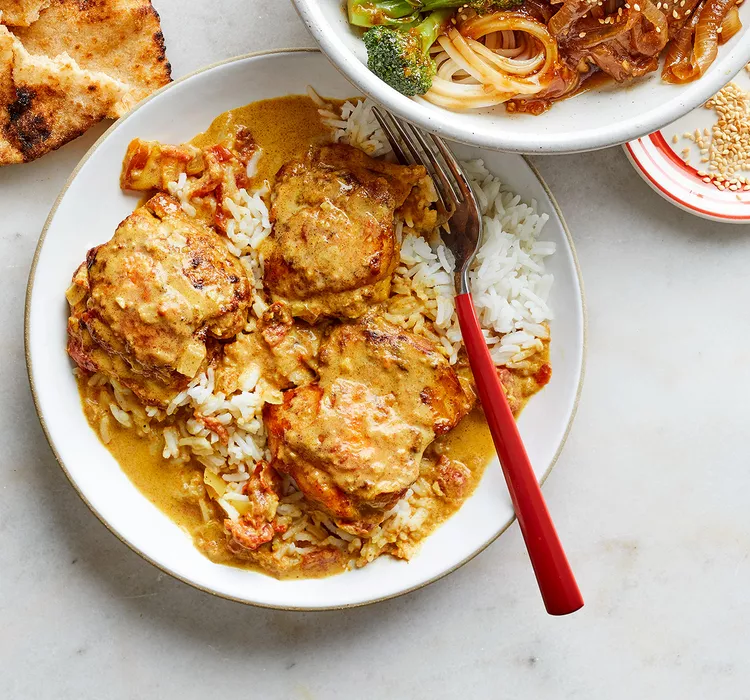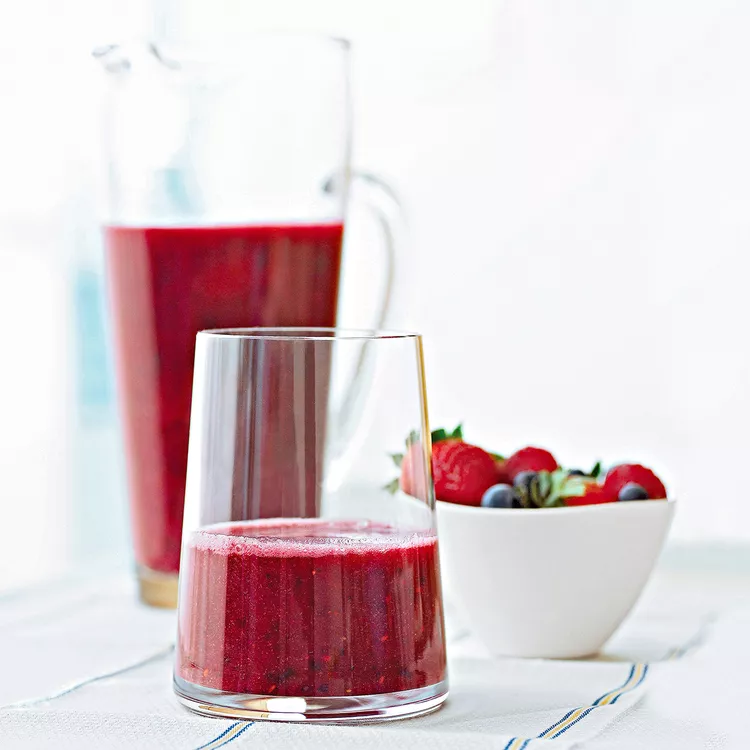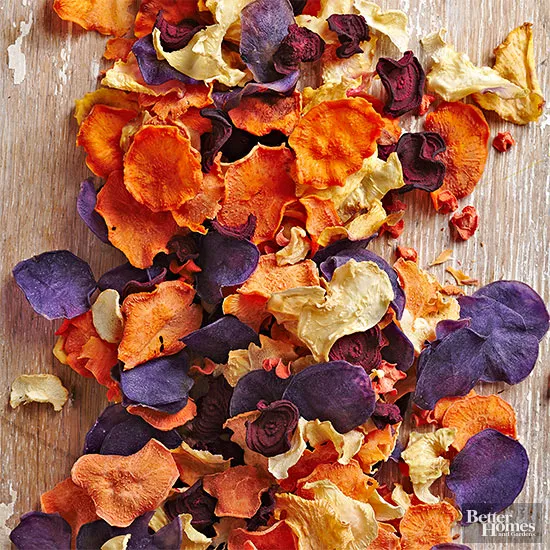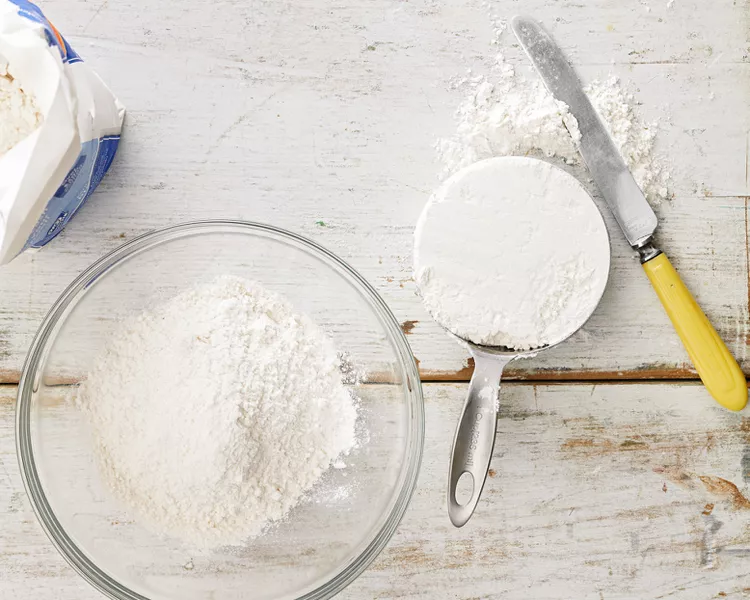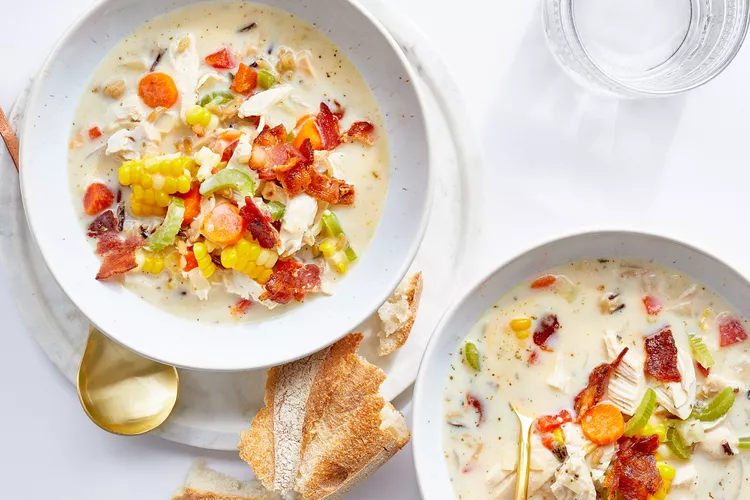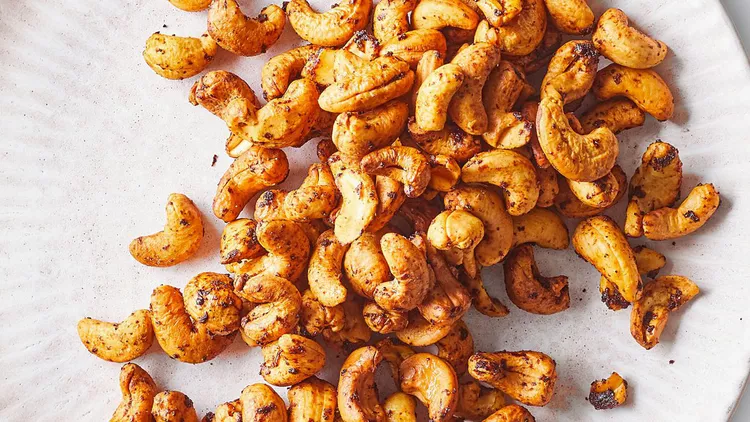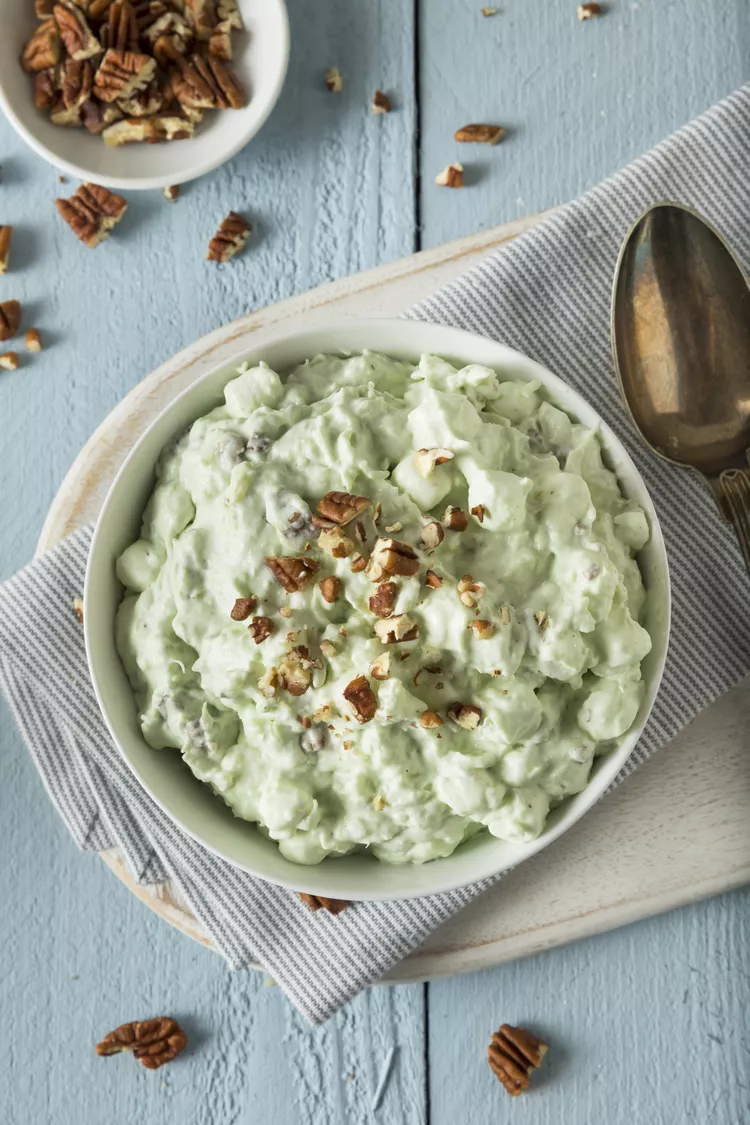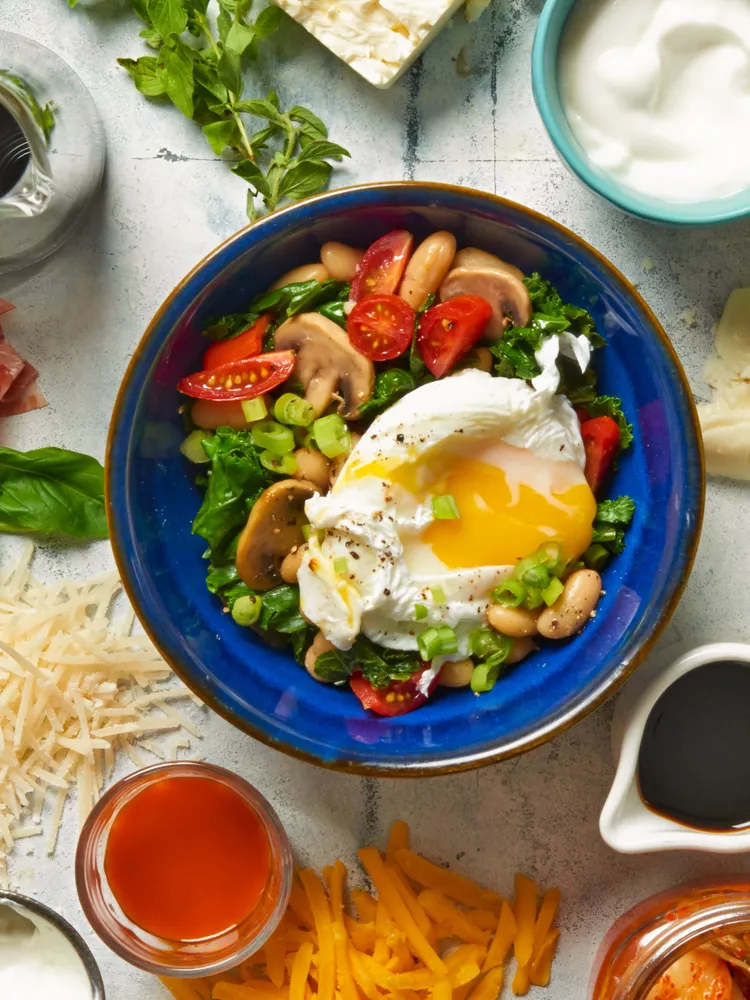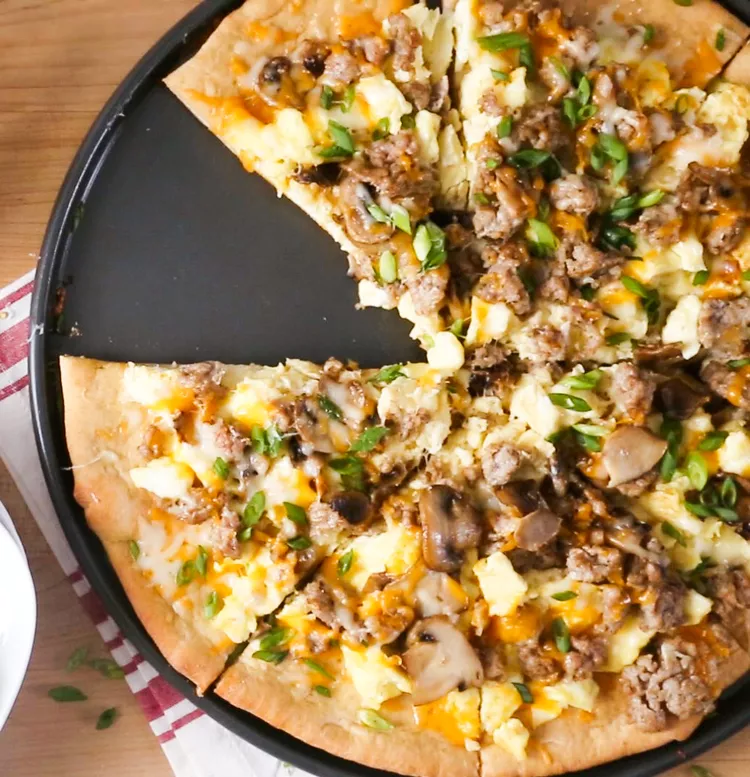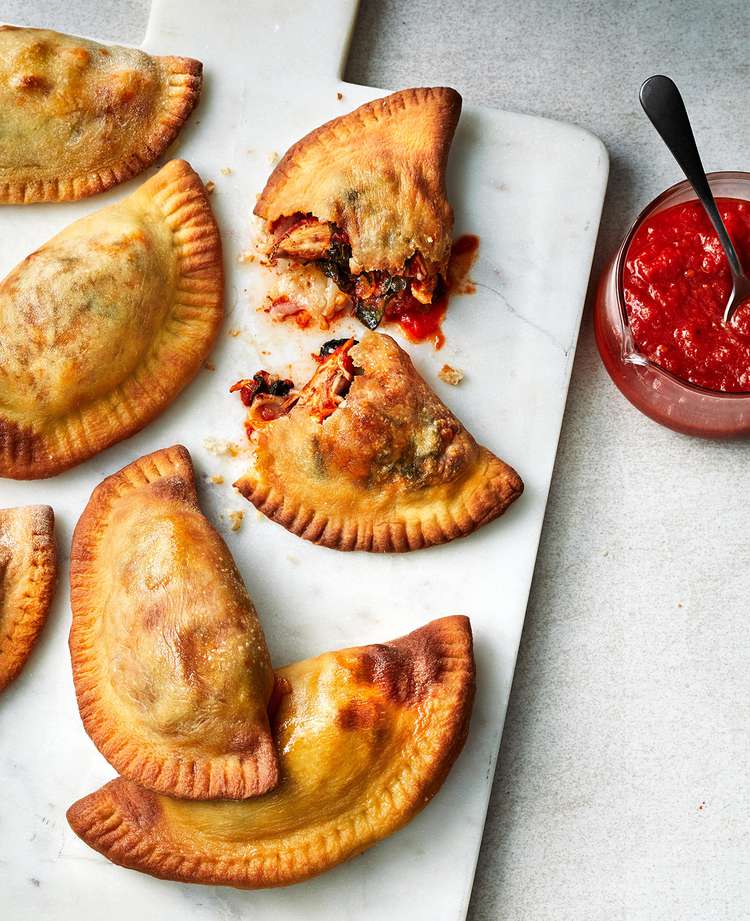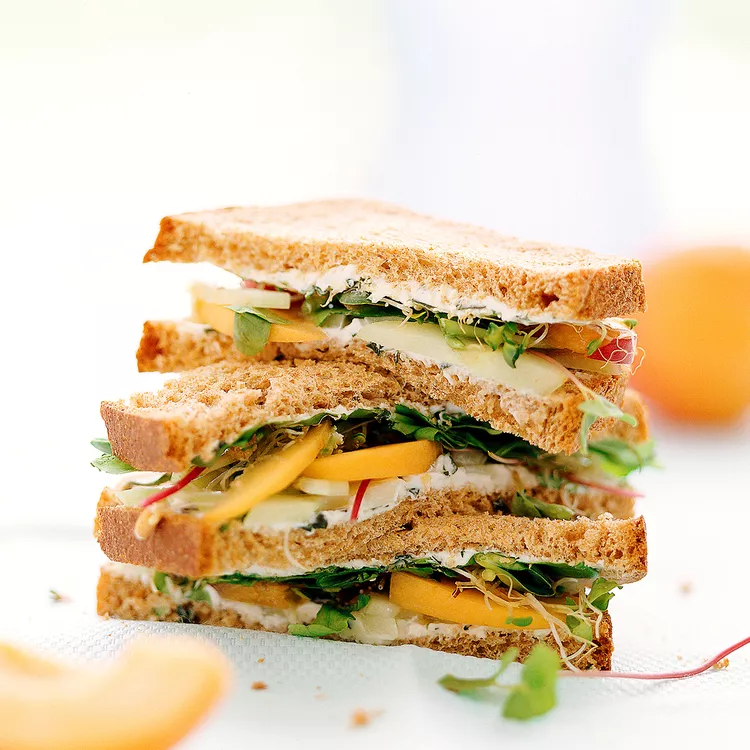If the crispy edges around a pan of lasagna are your favorite part, this is the recipe for you. Baking classic lasagna ingredients in a sheet pan, rather than a baking dish, allows for more of the surface of the lasagna to become golden brown and caramelized.
When testing this recipe, we liked the combination of 12 ounces of ground beef and 4 ounces Italian sausage, but feel free to substitute in ground turkey or your favorite ground meat alternative. You could even add fresh veggies like spinach or kale to the ricotta mixture for a nutrient-rich boost.
An added bonus of making sheet pan lasagna is the prep time (just 20 minutes!). Rather than creating layer after layer, this recipe calls for just two layers of pasta. In just over an hour, you'll be rewarded with an entire sheet pan of melty, gooey, crispy lasagna. Slice and serve it with crusty bread and a green salad.
Can I Make Sheet Pan Lasagna Ahead?
This sheet pan lasagna can be prepared in advance (as long as you're able to fit your sheet pan in your refrigerator or freezer), so you're ready to serve on even the busiest of days. To make this sheet pan lasagna ahead:
- Assemble and refrigerate: This method gives the flavors time to meld. Assemble as directed, then wrap tightly and refrigerate for up to two days before baking as directed.
- Freeze unbaked: Assemble, wrap tightly, and freeze the lasagna for up to two months. Thaw in the refrigerator overnight, then let stand at room temperature while the oven preheats, and bake as directed.
- Freeze baked: You can freeze the baked lasagna for up to two months. Thaw in the refrigerator overnight, bring to room temperature, and reheat, covered with foil, in a preheated 350°F oven until hot throughout.
Ingredients
-
1 pound lean ground beef and/or Italian sausage
-
1 (32-ounce) jar marinara sauce
-
1 (15-16-ounce) carton whole milk ricotta or cottage cheese
-
1 cup grated Parmesan cheese
-
1/4 cup chopped fresh flat leaf Italian parsley
-
1/4 teaspoon kosher salt
-
1/4 teaspoon ground black pepper
-
2 large eggs, lightly beaten
-
1 (9-ounce) package no-boil lasagna noodles (16 sheets)
-
2 cups shredded mozzarella cheese
-
2 cups shredded provolone cheese
Directions
-
Cook the Meat
Preheat the oven to 425°F. In a large skillet cook and crumble beef and sausage over medium heat until no longer pink. Drain the meat and transfer to a large bowl; stir in the jarred marinara sauce.
-
Prepare the Filling
Meanwhile, in a medium bowl combine the ricotta cheese, 3/4 cup Parmesan, and parsley. Season to taste with salt and pepper. Stir in the eggs until well combined.
-
Assemble the Lasagna
Lightly coat an 18x13x1-inch baking pan with nonstick spray. Spread 1 1/2 cups meat sauce over bottom of pan. Arrange half of the lasagna sheets over sauce, overlapping to fit. Dollop the ricotta mixture evenly over the sheets and spread to an even layer. Sprinkle with 1/2 of the mozzarella and provolone cheeses. Top with 1 cup meat sauce and spread evenly. Top with remaining lasagna sheets and meat sauce.
Test Kitchen Tip: If you don't have an 18"x13" pan, evenly layer the ingredients between two 13"x9" baking dishes to make 2 pans of lasagna. Bake as directed.
-
Cover and Bake
Cover the pan with aluminum foil. Bake for 25 minutes.
-
Bake Until Bubbly
Uncover and top with remaining shredded cheeses and Parmesan. Continue baking the sheet pan lasagna recipe until bubbly and the lasagna sheets are just tender, 10 to 15 minutes.
-
Serve
Remove from the oven and let stand 10 minutes before slicing and serving.
How To Store and Reheat Leftover Sheet Pan Lasagna
To store leftover lasagna, wrap and refrigerate for up to four days, or freeze for up to two months, ideally wrapped in individual portions for quick thawing.
To reheat, thaw overnight in the refrigerator if frozen. Heat, covered with foil, in a preheated 350°F oven until hot throughout. You can also reheat small portions in the microwave or on the stovetop.
Sheet Pan Lasagna Recipe Variations
To add a unique twist to this lasagna, consider these swaps and additions:
- Protein: Swap the ground beef or sausage with ground turkey or other ground meats, or mushrooms for a vegetarian option.
- Herbs: Add additional flavor by incorporating fresh basil into the mix.
- Veggies: Sneak in some additional nutrients by adding sautéed mushrooms, bell peppers, spinach, kale, or zucchini into the lasagna.
- Seasonings: Amp up the flavor with Italian seasoning, minced garlic, or red pepper flakes.
- Cheese: Swap some of the Parmesan with pecorino Romano, or the provolone with fontina or other preferred cheeses.
Nutrition Facts (per serving)
| 393 | Calories |
| 22g | Fat |
| 17g | Carbs |
| 30g | Protein |
| Nutrition Facts | |
|---|---|
| Servings Per Recipe 12 | |
| Calories 393.1 | |
| % Daily Value * | |
| Total Fat 22.5g | 29% |
| Saturated Fat 11.8g | 59% |
| Cholesterol 116.3mg | 39% |
| Sodium 913.5mg | 40% |
| Total Carbohydrate 17.2g | 6% |
| Dietary Fiber 2g | 7% |
| Total Sugars 5g | |
| Protein 29.5g | 59% |
| Vitamin D 0.4mcg | 2% |
| Vitamin C 3.4mg | 4% |
| Calcium 443.5mg | 34% |
| Iron 2.6mg | 15% |
| Potassium 575.7mg | 12% |
| Fatty acids, total trans 0.3g | |
| Vitamin D 19.2IU | |
| Alanine 1.3g | |
| Arginine 1.5g | |
| Ash 4.7g | |
| Aspartic acid 2.3g | |
| Caffeine 0mg | |
| Carotene, alpha 0mcg | |
| Choline, total 85.6mg | |
| Copper, Cu 0.2mg | |
| Cystine 0.2g | |
| Energy 1644.4kJ | |
| Fluoride, F 1.6mcg | |
| Folate, total 46.8mcg | |
| Glutamic acid 5.7g | |
| Glycine 1.1g | |
| Histidine 1g | |
| Isoleucine 1.3g | |
| Leucine 2.5g | |
| Lysine 2.5g | |
| Methionine 0.7g | |
| Magnesium, Mg 48.5mg | |
| Manganese, Mn 0.2mg | |
| Niacin 6.5mg | |
| Phosphorus, P 444.3mg | |
| Pantothenic acid 0.8mg | |
| Phenylalanine 1.3g | |
| Phytosterols 0.1mg | |
| Proline 2.4g | |
| Retinol 163.3mcg | |
| Selenium, Se 32.7mcg | |
| Serine 1.4g | |
| Starch 5.5g | |
| Theobromine 0mg | |
| Threonine 1.1g | |
| Vitamin E (alpha-tocopherol) 2.5mg | |
| Tryptophan 0.3g | |
| Tyrosine 1.3g | |
| Valine 1.6g | |
| Vitamin A, IU 1247.4IU | |
| Vitamin A, RAE 198.8mcg | |
| Vitamin B-12 1.9mcg | |
| Vitamin B-6 0.4mg | |
| Vitamin K (phylloquinone) 34.5mcg | |
| Water 163.9g | |
| Zinc, Zn 5mg | |
*The % Daily Value (DV) tells you how much a nutrient in a food serving contributes to a daily diet. 2,000 calories a day is used for general nutrition advice.
